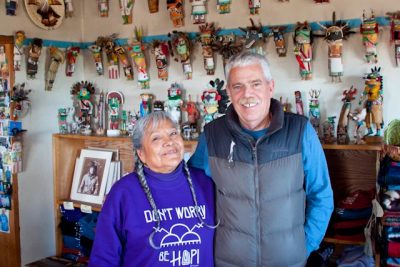
So I get this email from Stiles telling me that he thinks it’s a good idea that my next dispatch should be about, “how you ‘two kids’ met”. I swear I’m not making this up. He evidently forgot that the story of how I met my Hopi wife, Janice, is so good we charge to tell it. It’s also a complicated story and needs some background hence the attention-focusing title of this dispatch.
It may have all begun with radio in my pre-television childhood of western comic books and Saturday morning western movie matinees. You know, a steady diet of cowboys and Indians. I liked “Hopalong Cassidy” because he dressed all in black and wore a black hat even though he was a “good guy” and that made him extra menacing to the “bad guys”. I also liked the “Lone Ranger” and his trusty Indian sidekick Tonto and “Red Ryder” with his trusty sidekick Little Beaver.
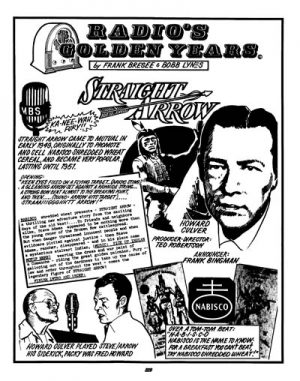
But then I discovered the “Straight Arrow” radio show on Tuesday and Thursday nights, sponsored by Nabisco Shredded Wheat and I was hooked. He was a young Comanche orphan boy who was adopted and raised by a white ranching couple and inherited their ranch when they died. His neighbors thought he was just a regular rancher like them but he had a secret identity. When the bad guys came to town he went into his secret cave, where he kept his war pony and Comanche regalia, and came out of his cave as the stone cold avenging Comanche warrior, Straight Arrow, to straighten those bad guys out. I still remember the radio sound effects of the release of his bow and his arrow flying through the air that opened the show and I thought Straight Arrow was so much cooler than just a white guy with an Indian sidekick and that’s when I began to root for the Indians when I went to the movies. So you see, even as a child I was a little strange.
That’s all just background. Now let’s get down to the good stuff, as promised in the title of this dispatch, and jump ahead in time to 1964. I was in college. My college career lasted only two years and I majored in easy hours and hanging out in the Student Union trying to look older and catch the eye of one, please dear Lord, just one, sophisticated college woman. Then I dropped out before dropping out was cool. Viet Nam was heating up, and immediately I was eligible for the draft.
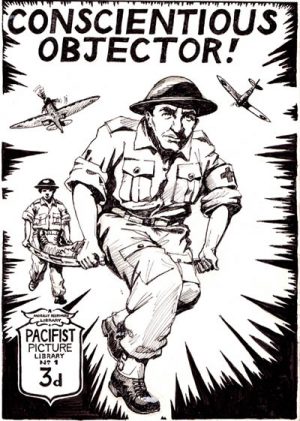
I had a heart murmur, which my doctor was sure would disqualify me for military service, but I thought that I should do something. That something is that, before I failed my draft physical, I filed for CO, Conscientious Objector, status which would require me to do two years of alternative service in the “national health, safety, interest, and welfare” of the USA and that, dear readers, is when I assumed the missionary position.
In 1965 I took a job as a lay missionary for the Episcopal Church at a mission which ran a pre-school and medical clinic for Navajos in southern Utah which qualified for and would meet my “alternative service'” requirements. Suddenly I found myself living in a log and earth hogan, learning to speak Navajo, and this place was so remote that everything south of the only paved road in the county, all the way to the next paved road in Arizona was labeled, “travel in this area not recommended without a guide” on gas station road maps and in my road atlas.
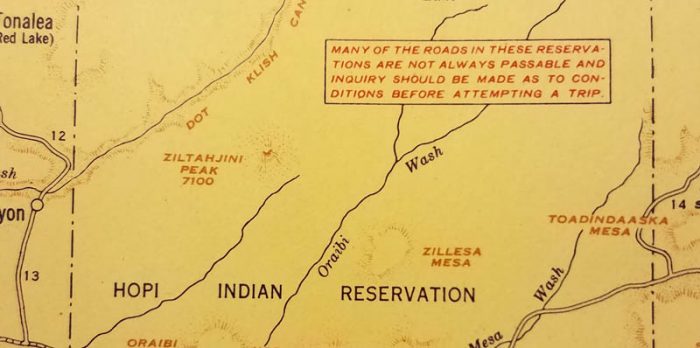
This is the point in the story when Hopis I’ve known for 45 years or more look disbelievingly at me and say things like, “You, a missionary?”. Everyone has a checkered past and yes, being a missionary is part of mine.
Let’s be be honest here, being a missionary is the ultimate act of ethnocentrism. However, in my defense, I was not a good one. In fact, I was fired from my missionary job mostly for asking embarrassing questions, attending too many Navajo curing ceremonies, and showing too much interest in eating peyote at Native American Church ceremonies. It was the ’60s after all.
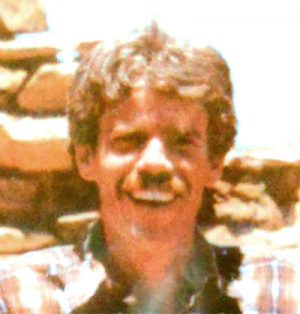
That being said, I do have fond memories of those days. My jobs included keeping the mission vehicles greased, gassed, and clean, learning to navigate a vast unmapped area by paying attention to landmarks instead of maps, driving nurses to “hogan calls’ in the middle of nowhere, and odd jobs, the oddest of which was teaching “religious education” classes once a week to third grade students at Aneth Boarding School.
This was in the days when children, not only on Reservations but all over America, could get out of class for religious education for one hour a week. After my first visit to the third graders at the boarding school I discovered that these children spoke and understood English at only a very rudimentary level. Not surprising since the students all came from isolated homes with no electricity, television, radio, or any other source for hearing and learning English and, even in the early ’60s in this remote location, were most likely the first in their families to attend school. Their first and only functional language was Diné bizaad, the Navajo Language.
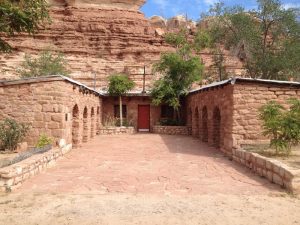
So, my idea of “religious education” was mostly to read them a story from a children’s picture book of bible stories, especially the ones that talked about Jesus being the good shepherd, and others that talked about sheep. All the kids knew about sheep because in those days in that place every Navajo family had sheep. After the story was over the kids began to teach me rudimentary Navajo in return and we had a wonderful time. The kids particularly enjoyed laughing at my efforts to wrap my english speaking tongue around and pronounce the most difficult words in their language they could think of. That language, by the way, is the second hardest language in the world right behind Chinese. Can you say, tsitł’élí or how about tł’óół ? The kids were happy to get out of their class for one hour a week and I was happy that none of the mission priests ever sat in on any of my classes.
In addition to a few language skills I also learned other valuable lessons from the Navaho people who call themselves Dine’é. For instance, have you ever heard of the Wannabe Tribe? The Wannabe Tribe is well known in native communities all over America. The Wannabe Tribe is made up of white folks, mostly but not always young, who are so alienated from their own culture that they “wannabe” Indians, as if one’s culture is something you can take off and replace with another culture just like changing your shirt. During my stay amongst the Dine’é I figured out pretty quickly that a people with their own complex language, history, culture, and religion were never going to change all that and become middle class Episcopalians like me. By the same token, I could never change and become them, and this was an important lesson saving me from from any latent wannabe tendencies I might have had from morphing into seriously wanting to be a “Wannabe”.
Another lesson I learned is the, “two eyes, two ears, one mouth”, rule. That means that since we have two eyes, two ears, and only one mouth, we should look and listen twice as much as we talk. By engaging in that timed honored white man practice of asking questions, and lots of them, I noticed I wasn’t really getting much information and sometimes my questions were met with silence. I mean, question asking is a real part of our culture and aren’t we taught from the time we are children that there is no such thing as a dumb question? And isn’t question asking a way of showing respect by showing interest in someone, their life, their culture? Not necessarily on the Rez. On a list of the top 100 ways to get information on both the Navajo Rez and the Hopi Rez, asking questions is way down there at number 99 or 100, I forget which. However it is ok to ask for directions if you’re lost or how far it is to America’s Bathroom, the McDonalds in Kayenta on US 160.

On the Rez I finally figured out that I wasn’t using my powers of listening and observation before I opened my mouth and I was mostly asking dumb uninformed questions as a result. Asking dumb questions and too many of them is a common stereotype about white people not only on the Rez but among people from non-Western European cultures all over the world. I learned to use my eyes and ears first and I try not perpetuate that stereotype. I even learned from my wife not to worry about how far it is to Kayenta. There are “no frills rest areas” everywhere in the west if you have a driving companion to watch for traffic and you leave no trace behind. Before you leave an ugly comment about that below, another thing I learned is that the sterned faced Indian on those old nickels is a B.S. racist stereotype of the first order. My Navajo and Hopi friends are the funniest people I Know, we’ve all been there, and they are laughing out loud right now.
Joseph Day was raised on the plains of Kansas, but he’s lived for decades on Second Mesa in Arizona’s Hopi Reservation. He and his wife Janice run the Tsakurshovi store on Second Mesa.
To comment, scroll to the bottom of the page.
Zephyr Policy: REAL NAMES ONLY on Comments!
Don’t forget the Zephyr ads! All links are hot!
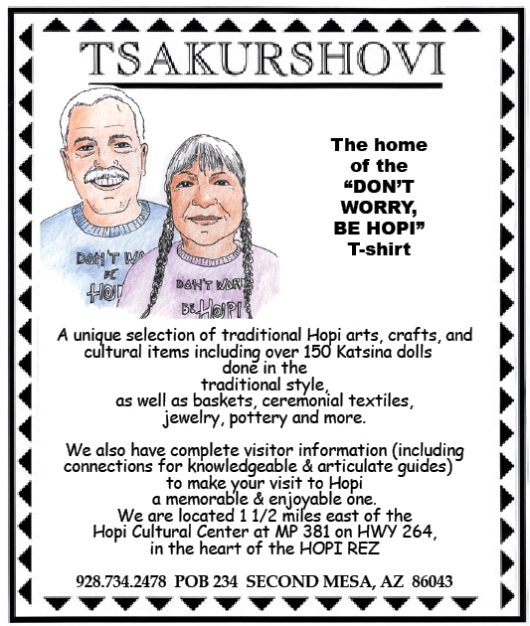
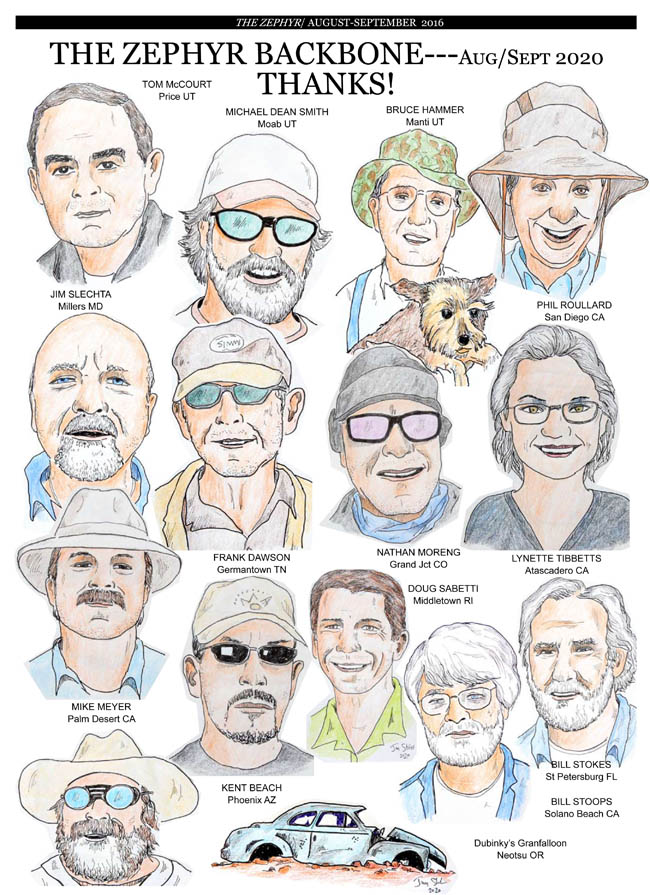





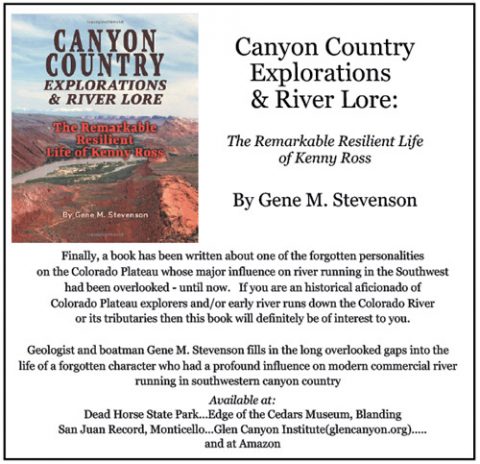

I very much enjoyed this telling (free) of Joseph’s origin story. The other version I certainly had to pay for and though it had a few spicy details that were left out here for good reasons, I found this version for the Zephyr to be rich story telling as only Joseph can do. Fortunately for all of us he did turn away from the wannabe tribe. NL
Father Jim Brown was in that area in the 60s. He recently passed away. Did you ever meet him?
I did not. He may have been in that area after I left.